Welcome To The Age Of Digital Hoarding
There’s a solution to the stress of decluttering that’s become more and more common. Faced with the anxiety and fear of letting go of a physical item, well-intentioned people suggest, “just take a picture of it!”
I don’t tend to fight this battle because on the whole it seems minor in comparison to the other concepts I’m committed to promoting. I haven’t taken issue with this strategy up until this point because what’s troubling about it to me is more so the principle than the practice, which most people are understandably (I mean, I get it; hardly anyone is as obsessed with this conversation as I am) unconcerned with.
And yet it’s a tendency that I foresee becoming a much bigger problem with time.
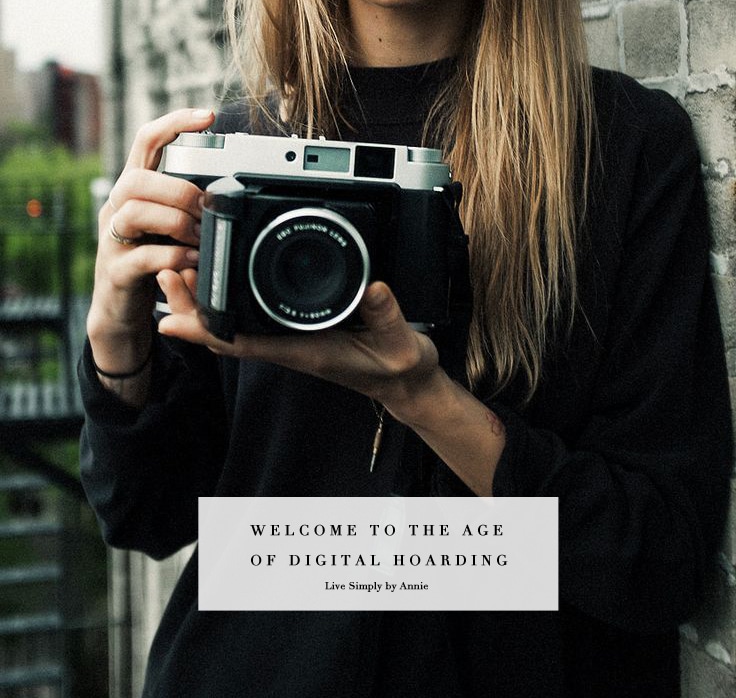
While the clutter of my parents’ and their parents’ generations has evidently been in-the-flesh–keepsakes and bulky furniture and such–the clutter of my generation and those that will follow is certainly digital.
Most people would argue that the two are inherently different; the digital world is dimensionless and the physical is sitting in your basement horrifying you with its expansiveness. But the allure of the digital’s compact infinitude means that the tendency to save in such a form is increasing. Where their parents may have kept papers they’d never look at, books they’d never read, supplies they’d never use (but they could have, they still might), millennials are filling up hard drive after hard drive with photos they’ll never look at, files they’ll never read, and data they’ll never refer to, (but they could, they might). They think themselves new, think themselves innovative and free as compared to their parents. And perhaps they are, in a way. Yet what seems carefree is in fact a pseudo free pass to indiscriminately keep more than what’s necessary–just as much, that is, as anyone who came before them who never owned a laptop.
The culture of consumerism continues to rise in prevalence. Marketing and advertising have become so engrained in daily life it’s becoming nearly impossible to recognize it as that (which is, of course, the point). And while our culture may be shifting from a predominantly physical to a virtual realm, the behavior of collecting and saving remains heartily in tact.
Saving everything in photo form is the equivalent to saving everything in physical form.
I know a lot of you are going, “Ummmm, haha, not it’s not. Photos don’t take up any space.”
But to make that argument is to miss the point.
What’s important first and foremost is to cultivate the capability to process and clarify priorities and be able to let go, full stop. To understand that saving everything and every thing linked to a memory isn’t only not necessary, but ultimately detrimental to the memories and things that matter most.
Let me put this in no uncertain terms: if the only way you’re able to coax yourself into passing something on is to photograph it first you are in trouble. You are in trouble because you’re deluding yourself into thinking you are letting go. You aren’t putting your trust in your own judgment or in reality. You’re staying in a realm of anxiety and worry in which you need the insurance policy of a photo of the thing. You’re still keeping it, you see?
Just as you aren’t ever going to use that thing you don’t want and need, so are you never going to look at the photo of it. And the more things you’re doing this with, the lesser the chances you’ll ever review the photos easily later on.
Virtualizing is one type of storage, just as using a storage bin is. It is to be used only after you’ve gone through the process of editing and decided what you want to keep. Then you’re ready to have the conversation of how you want to keep it. If at that point your choice is to scan, photograph it and then ditch the physical item, and you have a fairly organized photo cataloging system in place, then hurrah.
But if you’re using photographing things as a way to preserve everything first, you are inevitably heading towards a sizable amount of virtual clutter. It might take up less space, it might be easier to throw in a drawer, but the underlying thought process and mindset will not have changed, and you will in metaphorical terms be in the same place as when you started out.
There is still no knowing what will be important to you years down the line. That feels scary to many of you and I get that. And that’s still never a good reason to keep anything. Because we can’t know. We don’t know how any of this will turn out in the end. All we can do at any moment is to make the choice that feels the most life-giving and well-informed. And then put our trust in the universe to guide us ever gracefully and to provide for our needs eternally.
Image credits: unknown
5 Comments
Leave a Reply Cancel Reply
Other Posts You May Love
5 Comments
-
I don’t agree with you on this one (for once 😉 ). For me, taking a picture of something before donating it (or throwing it away!) is part of the psychological process of letting the item go. It’s a first step, because it’s not always easy to “let go, full stop”, especially if you’re someone who has kept a lot of stuff for a long time and for whom this whole decluttering thing is new and unfamiliar. When you’re new to this, it can be scary and it’s reassuring to know that you have a picture of whatever it is you’re “letting go” of. That’s how I feel anyway. I do not of course take pictures of every single thing I get rid of, just the more sentimental stuff. After a while, when I stumble upon some of those pictures (while decluttering my computer files for instance and deleting the stuff I thought I’d read or refer to and most probably won’t!), I’ll gladly delete the pictures, sometimes even saying to myself “what the h… was I thinking, did I really think I’d need a picture of that thing?”.
I have however noticed that, with time, the process of letting go gets easier and the need for taking pictures diminishes! As I said, letting go and getting rid of things is a psychological process with everything that that encompasses.-
Thank you so much for this comment, Fran. I completely understand where you’re coming from, and that, honestly, most people reading would tend to agree with you. Although I don’t think you disagree with my point as much you think you might. Actually, I think you kind of illustrate it! I so applaud your efforts to streamline and simplify and of course encourage you to keep them up. And, as you say, the more practiced you get at it, the easier it becomes.
-
Annie, thank you for your reply and your encouragement! You are probably right that I don’t disagree with you as much as I first thought. I just reacted very strongly when reading your post and especially when I read things like “What’s important first and foremost is to cultivate the capability to process and clarify priorities and be able to let go, full stop.” and ” if the only way you’re able to coax yourself into passing something on is to photograph it first you are in trouble” because it reminded me of certain things that I haven’t yet completely gotten over passing on although I donated these things a year ago and although I know that I did the right thing. So I’m really glad I still have pictures of these things.
-
You are amazing, Fran. I love you for reading and engaging.
My main goal in speaking in such absolutes most above all to encourage conversation and thought. And so in my book, you’re a huge success. Obviously keeping some pictures of a few things is hardly the worst Live Simply crime. It’s all a process, which of course I well know, and as long as you’re continually making strides you’re golden. 🙂 xx
-
Thank you for your very kind words, Annie!!
Have a wonderful day and keep up the good work in encouraging and engaging your readers! 🙂 xxx
-
-
-
-
Leave a Reply Cancel Reply
Welcome
Search The Blog
Simplify Your World
Sign up for the email list to get inspiration and simplified tips sent right to your inbox.
On Pinterest


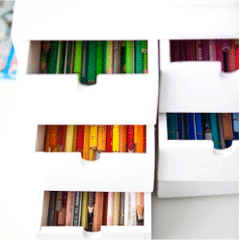
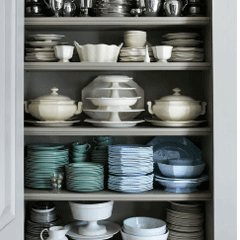


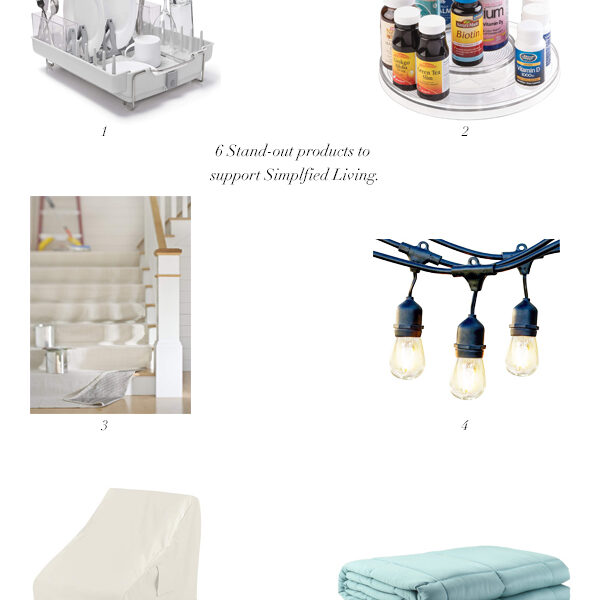
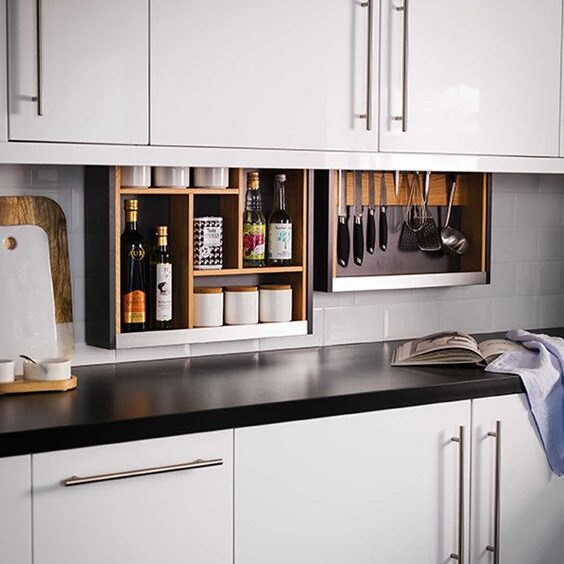

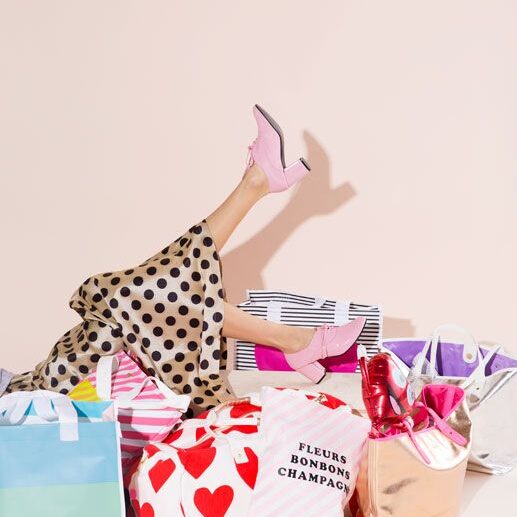

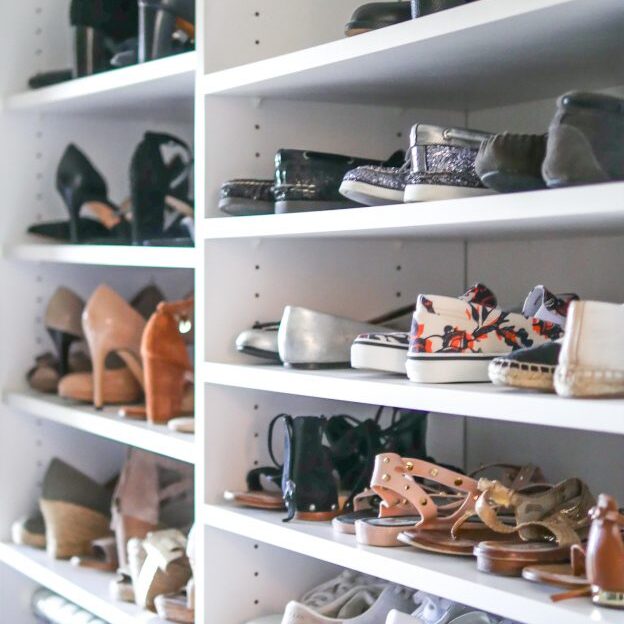
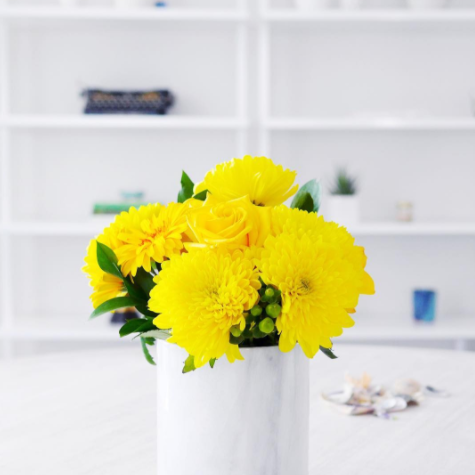
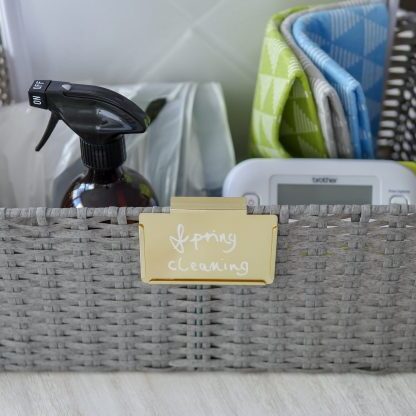

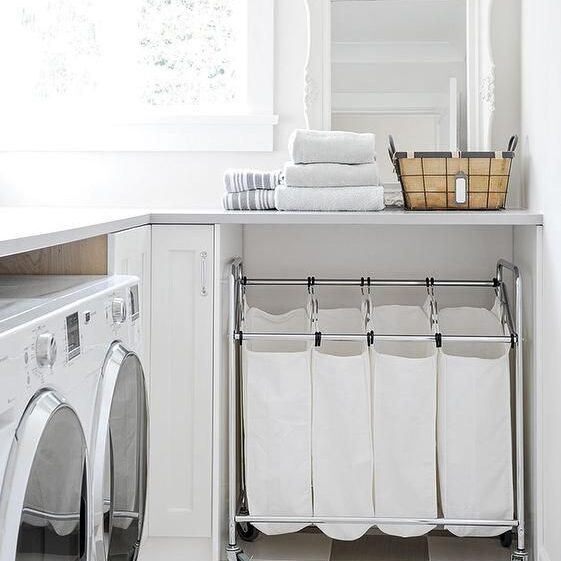
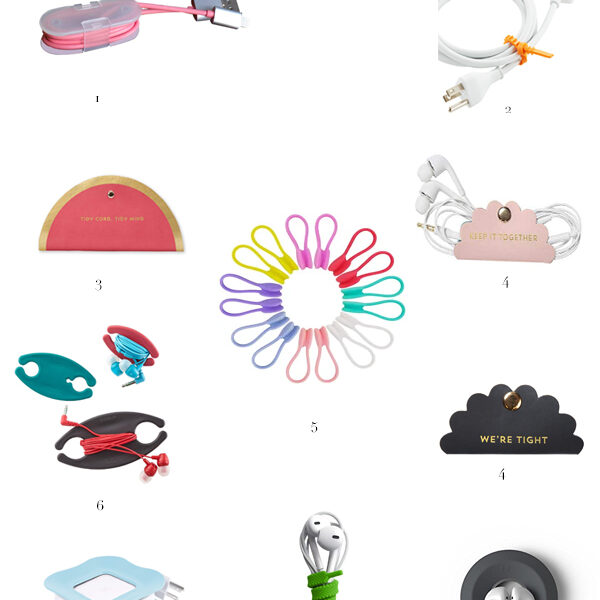
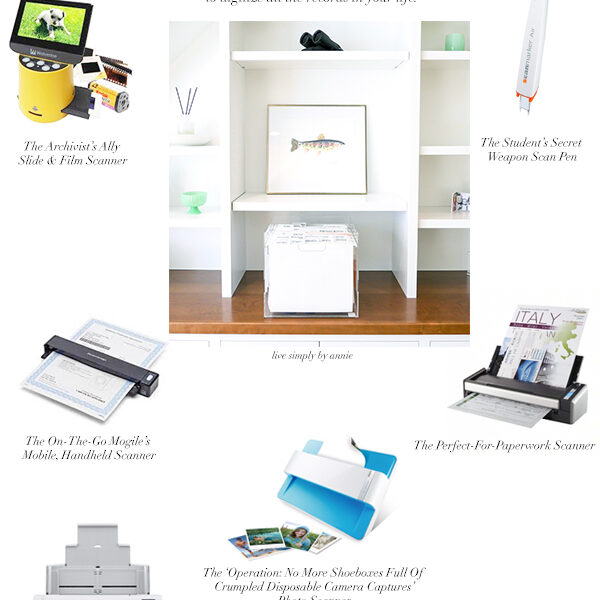
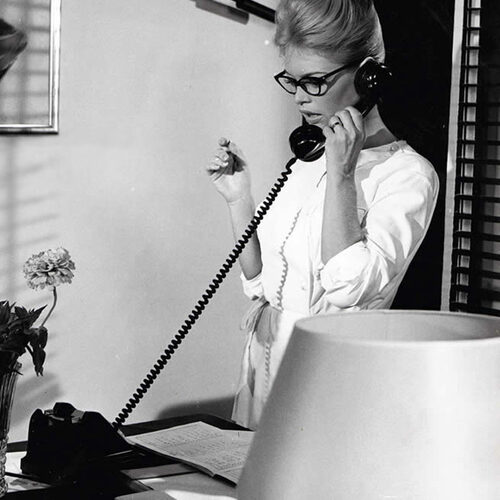

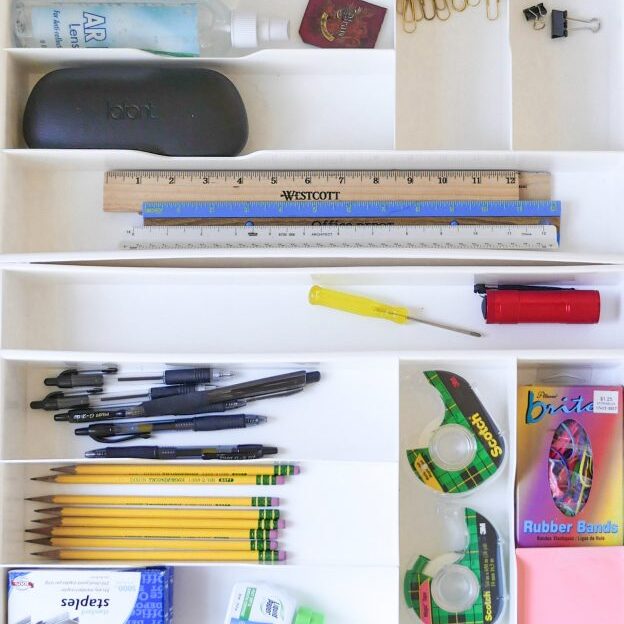
I don’t agree with you on this one (for once 😉 ). For me, taking a picture of something before donating it (or throwing it away!) is part of the psychological process of letting the item go. It’s a first step, because it’s not always easy to “let go, full stop”, especially if you’re someone who has kept a lot of stuff for a long time and for whom this whole decluttering thing is new and unfamiliar. When you’re new to this, it can be scary and it’s reassuring to know that you have a picture of whatever it is you’re “letting go” of. That’s how I feel anyway. I do not of course take pictures of every single thing I get rid of, just the more sentimental stuff. After a while, when I stumble upon some of those pictures (while decluttering my computer files for instance and deleting the stuff I thought I’d read or refer to and most probably won’t!), I’ll gladly delete the pictures, sometimes even saying to myself “what the h… was I thinking, did I really think I’d need a picture of that thing?”.
I have however noticed that, with time, the process of letting go gets easier and the need for taking pictures diminishes! As I said, letting go and getting rid of things is a psychological process with everything that that encompasses.
Thank you so much for this comment, Fran. I completely understand where you’re coming from, and that, honestly, most people reading would tend to agree with you. Although I don’t think you disagree with my point as much you think you might. Actually, I think you kind of illustrate it! I so applaud your efforts to streamline and simplify and of course encourage you to keep them up. And, as you say, the more practiced you get at it, the easier it becomes.
Annie, thank you for your reply and your encouragement! You are probably right that I don’t disagree with you as much as I first thought. I just reacted very strongly when reading your post and especially when I read things like “What’s important first and foremost is to cultivate the capability to process and clarify priorities and be able to let go, full stop.” and ” if the only way you’re able to coax yourself into passing something on is to photograph it first you are in trouble” because it reminded me of certain things that I haven’t yet completely gotten over passing on although I donated these things a year ago and although I know that I did the right thing. So I’m really glad I still have pictures of these things.
You are amazing, Fran. I love you for reading and engaging.
My main goal in speaking in such absolutes most above all to encourage conversation and thought. And so in my book, you’re a huge success. Obviously keeping some pictures of a few things is hardly the worst Live Simply crime. It’s all a process, which of course I well know, and as long as you’re continually making strides you’re golden. 🙂 xx
Thank you for your very kind words, Annie!!
Have a wonderful day and keep up the good work in encouraging and engaging your readers! 🙂 xxx